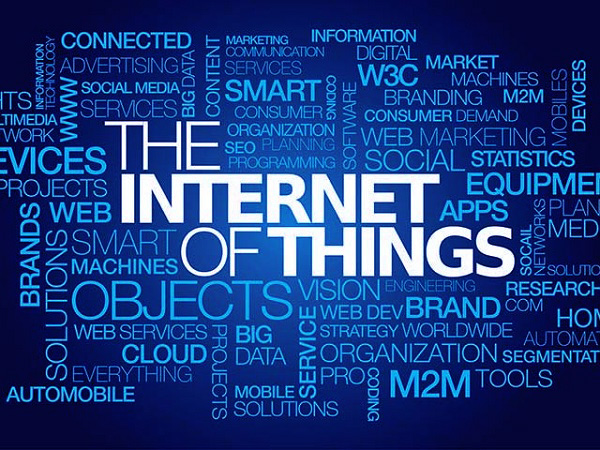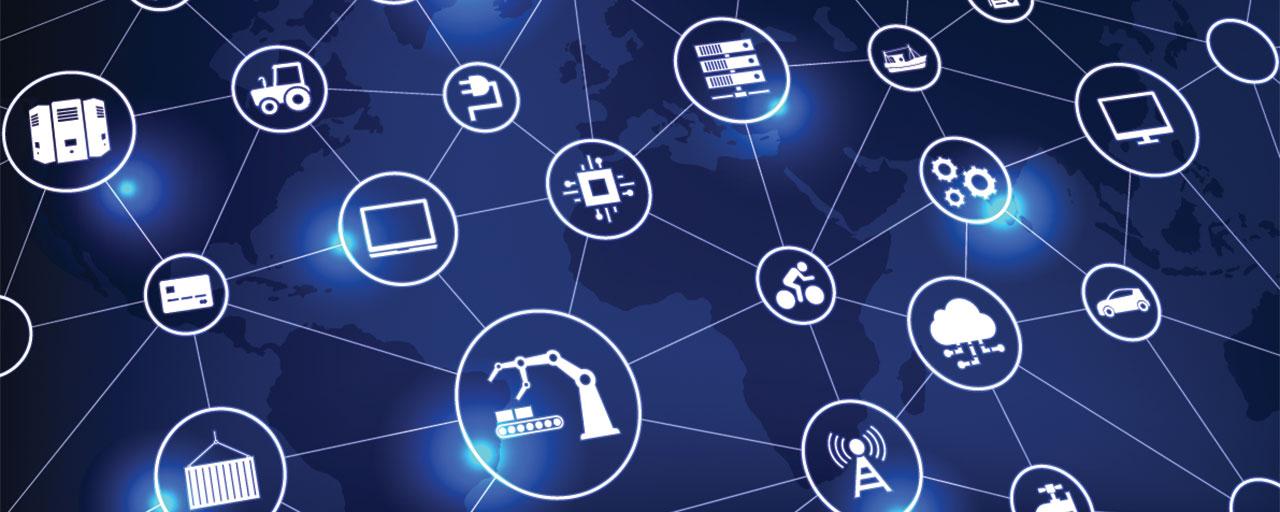Are you winning clients who need private networks to carry financial transactions over IP with 4G back-up? Have you ever struggled with the 4G element? Do you manage multiple in-country suppliers, with multiple manual ordering processes? Do you ever get frustrated with the lack of visibility across your customers’ SIM estates? Would you benefit from direct control over the SIM assets and the ability to aggregate data across countries?
Jola provides a range of data-only SIM packages including multi-network roaming SIMs with pooled data options. Partners only need to contract with one supplier. They have access to an automated management portal and complete visibility and control over their entire SIM estate.
They don’t need to survey each site to establish the best signal. Our multi-network SIMs connect to the strongest available signal in the EU. Having all the networks isolates issues to the device rather than the network.
Partners are able to order new SIMs and pools, add SIMs to pools, set up alerts and monitor the pool. If any site fails, they have a data pool to draw from and a buffer. They can even set up and manage private APNs.
We partner with some of the world’s largest MSPs, managing private networks for blue chip companies globally. We position ourselves as a viable alternative to partnering with multiple in-country mobile network operators.





